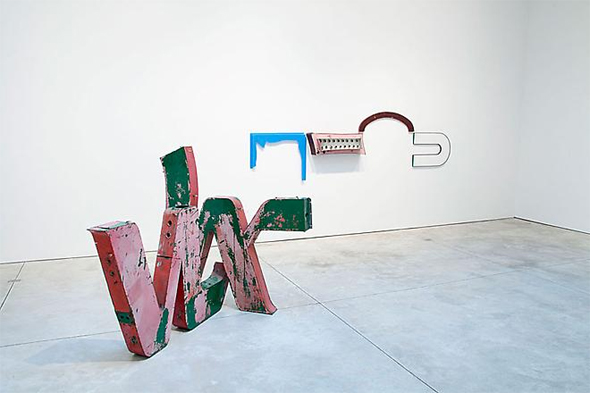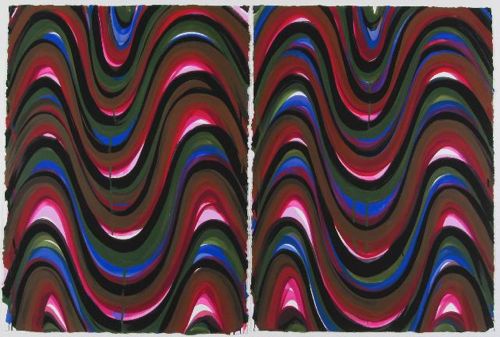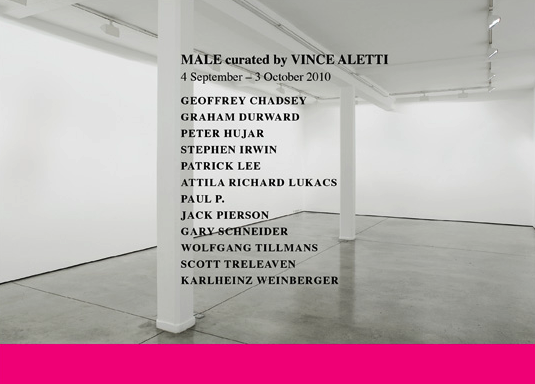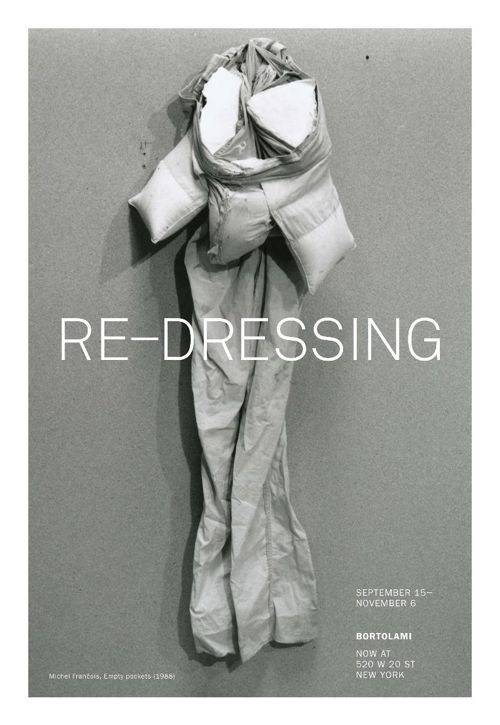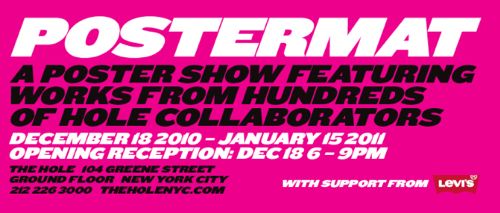
Tag: Jack Pierson
Love in Vein:
Male /
RE-DRESSING
Jack Pierson

Bortolami is proud to present Go there now and take this with you, a show of Jack Pierson’s folded photographs.
While Pierson is best known for his wall sculptures, he has been working as a photographer since he was in art school in the 1980’s. He later expanded his practice to both sculpture and word pieces. The themes of his art are investigated through all mediums, but perhaps they are most directly addressed in his photography due to the concrete representation afforded by the imagery. Pierson’s choices of subject matter seem sprawling, but they are linked by beauty and a thread of passing drama, sexual tension, and ephemeral glamour.
Pierson has always struggled with the needs of photography as a medium. Framing, mounting and glass, separate the observer from the work itself, making the photograph a cumbersome object. The photos presented in this show challenge the need for protection and hang directly on the wall, exposed to the viewer much like the word pieces. Each work is printed on photo paper and folded suggesting that the works are portable. One can take the picture with them in an envelope, or send it to a friend, for hanging and re-hanging in new settings. The picture is intended to age and evolve rather than remain a static print behind glass and a frame.
Jack Pierson was born in Plymouth, Massachusetts in 1960 and attended the Massachusetts College of Art in Boston. He lives and works in New York and Southern California. Pierson has had solo exhibitions at El Centro de Arte Contemporaneo de Malaga, Spain; The Irish Museum of Art, Dublin, Ireland; The Museum of Contemporary Art, Miami, Florida and the Museum of Contemporary Art, Chicago, Illinois.
Jack Pierson.
